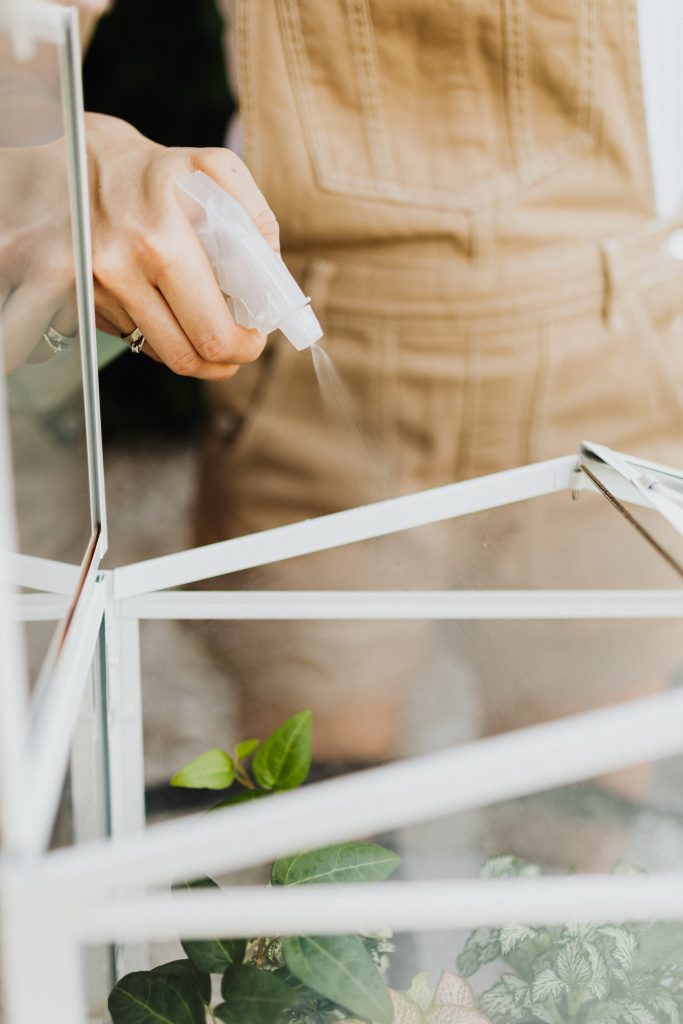If you are a plant parent, it is essential to keep your plants happy and healthy. From day one, they rely on you to thrive. Many plant parents struggle with watering their plants, often overwatering them and ultimately causing their demise. But fear not, this blog will discuss how often to water your plants, the best time to do so, and everything you need to know to ensure that your plants not only survive but thrive.
Believe it or not, watering your houseplants properly is key. Most houseplants die from overwatering, not from anything else. They can’t always tolerate wet soil. Some succulent plants, like jade or cacti, can survive a month or two without watering, but that’s not the case for most plants.
Watering your plants may seem like a simple task, but it’s important to understand the best way to do it. Firstly, it is crucial to ensure that the bottom of your pot has drainage holes. When a plant stays in wet soil for too long, it can develop root rot and die. If you notice this happening, you may need to repot the plant into a pot that offers sufficient drainage.
When to Water
In general, morning is the best time to water a plant, except when it’s rainy or cloudy outside and without sunlight. There’s no need to water plants on a fixed schedule. Instead, check the soil and water when needed.
Water when the plant roots run dry. This is when the lower two-thirds of potted soil starts to dry. Push your finger 2 inches into the soil of a 6-inch-diameter pot; if the soil feels moist, there’s no need to water the plant. Keep doing this until the soil feels dry, and then water. For smaller pots, push your finger to a 1-inch depth.
Common Mistakes to Avoid
It’s important to avoid overwatering your plants. This is the most common mistake plant parents make, and it can cause root rot, which can lead to the death of the plant. Don’t water your plants on a schedule; instead, check the soil regularly and water only when it’s dry.
Another mistake is not providing sufficient drainage. Make sure your pots have drainage holes, and don’t let your plants sit in standing water. This can also lead to root rot.
Finally, don’t water your plants with cold water. Use room-temperature water, and if your tap water has high levels of minerals or chemicals, consider using filtered water. By avoiding these common mistakes, you can help your plants thrive and enjoy their beauty in your home.
How to Water
Water your plants with room-temperature water. Don’t pour cold water on them as it can harm the roots of the houseplant. If tap water comes with high amounts of minerals or chemicals, use filtered water. Fluoride can cause the leaf tips of some houseplants to turn brown.
You must water until the excess water drains out of the holes. Even plants that like dry soil must be watered in the same way, just not as frequently. While watering a plant, water gently over the top of the soil. Avoid getting water on the plant leaves or crown. Long-spouted watering works best.
If the soil doesn’t absorb the water immediately, the drainage is poor. You can try mixing vermiculite, sand, or perlite into the soil. If possible, remove and repot the plant in the amended soil for the best results.
Plant parents face different kinds of issues while watering their plants. If you want to learn about a specific type of houseplant, reach out to a trusted brand like For Plants. They have been helping plant parents choose good plants for their house and ensuring they can care for them in the best way possible.
To learn how to ensure the optimal health of your houseplants while keeping your home brimming with positive energy created by green plants, consult with the For Plants team of experts today. They are knowledgeable about plant care, and they can provide you with valuable information on how to keep your plants healthy and thriving. They can also help you identify any issues your plant may have and recommend solutions to address them.
In conclusion, knowing how to water your houseplants is crucial to their survival. By following the tips outlined above, you can ensure that your plants not only survive but thrive. Remember to check the soil moisture level regularly and water your plants only when needed. With proper care, your houseplants can add beauty and life to your home for years to come.



